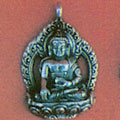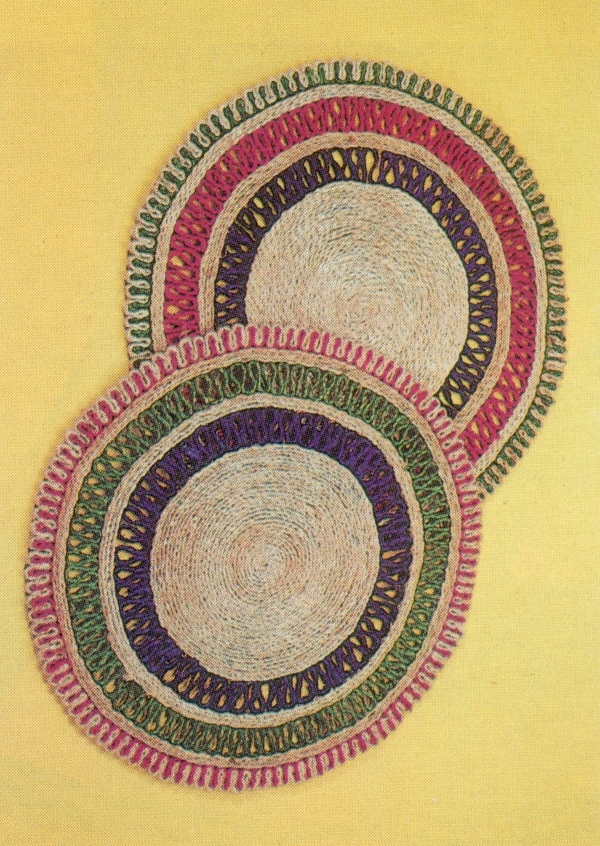Nepal’s jewellery astounds in its stylistic variety and is a reflection not only of its geographical terrain but also of its ethnic, and cultural diversity. In Nepal as in other traditional societies jewellery not only identifies the economic status of the wearer but also their religion, caste and tribe – it can often pinpoint the wearer’s place of residence.
Like in the rest of South Asia, wearing jewellery is considered auspicious and most Nepalese women will not be seen without it. Nepalese women believe that jewellery is ramro, meaning beautiful, good: by wearing jewellery, one promotes goodness – attracting goodness to oneself and bestowing it on others. When a woman wears her finest jewellery on a ceremonial occasion she honours the divine in the universe and the divine in specific persons – husbands in particular but others as well.
TRADITIONAL JEWELLERY
Traditional jewellery includes a range of pieces that are specifically meant for different parts of the body – be it toe rings, a girdle clasping the waist, or a hair pin. Particular sets of jewellery or individual pieces are used strictly on ceremonial occasions or for specific events. Bridal jewellery is dominant in this category – it is unthinkable for a bride not to have jewellery, for it functions as a blessing for the marriage and a wish for fertility and abundance.

SYMBOLISM
Nepalese jewellery is extremely symbolic – every aspect of every piece of jewellery signifies something. The form, the shape of the parts, the materials, the abstract and non-representational patterns, and the representational imagery all convey specific meanings drawn from a vast pool of historical concepts, cultural beliefs, and current notions. Some symbols are simple and direct, understood by everyone; others are part of the more esoteric Hindu and Buddhist iconography; and some are very ancient, pre-dating the advent of the great religions and major cultures. For the Nepalese woman who wears the jewellery imbued with symbols, the details are not necessarily clear or precise; they are, however, part of a much larger subconscious context.
For example, red bead necklaces, strung and restrung by women of different cultural, religious and social orbits in Nepal, often contain a solitary white bead, usually placed close to the tied ends. In Buddhist iconography, white is the colour of Vairocana, one of the five Dhyani-Buddhas, who occupies the centre in the mandala, essentially a diagram of the universe. Furthermore, white is the colour of the sacred shank shell, a ritual implement in both Hinduism and Buddhism and one of the ‘eight auspicious symbols’. Shells are often worn as protection, and some jewellery pieces are made of shell material; a white bead can be a substitute for a piece of shell. The little piece of white glass added to a necklace thus imbues it with the spirit of the divine, and at the same time solicits divine protection. The notion of purity symbolised by the colour white must not be overlooked here; the white bead in the red necklaces may also express the purity of the married woman. Other materials highly valued for their colour such as coral and turquoise, are imbued with symbolic content.

MATERIALS
With their many available choices for jewellery materials, the Nepalese have preferred metals regarded as most precious by other societies as well. Judging by old photographs and the accounts of old people, gold and silver were worn in abundance at the beginning of the twentieth century. The inclusion of stones was more unusual. As the popularity of red glass indicates, colour was and is an important consideration.
Gallery
YOUR VIEWS
PRACTITIONERS: INDIA
Access 70,000+ practitioners in 2500+ crafts across India.
BIBLIOGRAPHY
10,000+ listings on arts, crafts, design, heritage, culture etc.
GLOSSARY
Rich and often unfamiliar vocabulary of crafts and textiles.
SHOP at India InCH
Needs to be written.





